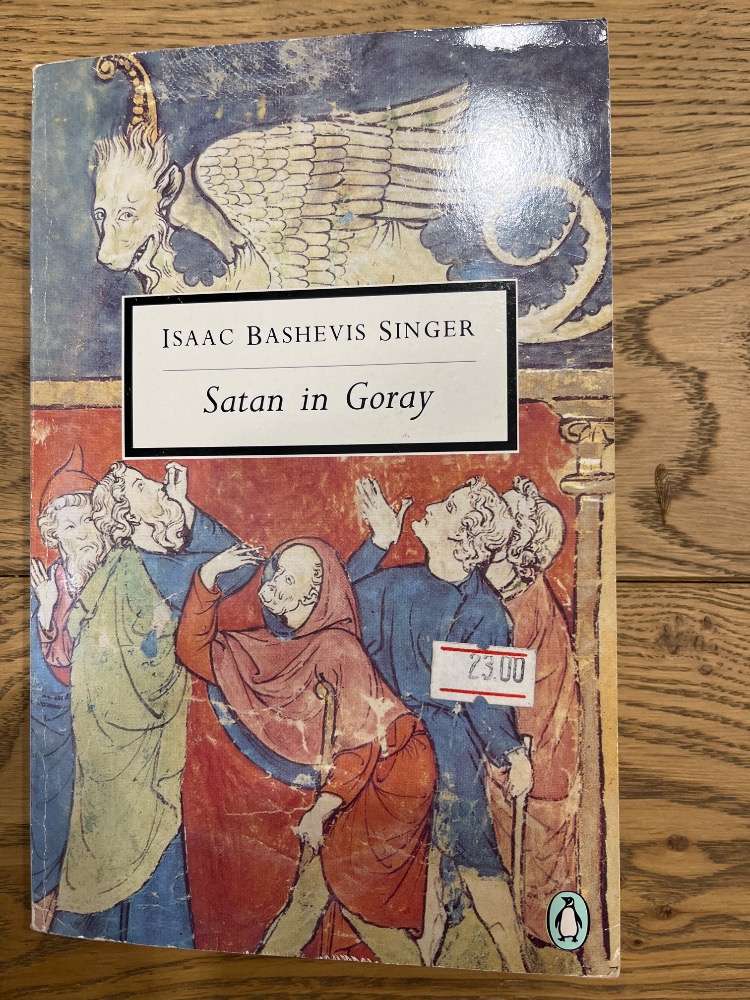Satan in Goray

In Isaac Bashevis Singer's novel "Satan in Goray", Satan is depicted as a powerful and malevolent force that influences the lives of the Jewish inhabitants of the Polish village of Goray. The novel is set in the aftermath of the Khmelnitsky Uprising of 1648, and it explores themes of messianic fervor, religious fanaticism, and the struggle between good and evil1.
Satan's presence in the story is intertwined with the rise of the false messiah Sabbatai Zevi, whose teachings lead some villagers to embrace dark and strange rites in their desperate search for redemption. The novel portrays how the villagers' hope and despair are manipulated by Satan, culminating in eerie and supernatural events, including the possession of one of Sabbatai Zevi's prophetesses by a dybbuk (a restless spirit)1.
The depiction of Satan in the novel is both symbolic and literal, representing the destructive potential of misguided faith and the allure of evil in times of crisis2.